This is another all-grain recipe formulated to be brewed on a simple 3-gallon (11-L) all-grain brewery. The original 5-gallon (19-L) recipe is an extract recipe. There is also a countertop partial mash version. This beer is inspired by Cambridge Brewing Company’s Amber Ale, although it isn’t a clone. It’s full-bodied, with some caramel sweetness, but balanced by 39 IBUs and with a pronounced hop aroma.
This recipes uses US 2-row malt for the base malt. The diastatic power (DP) of this malt is high, so there is no need to mash for an hour. The recipe gives 45 minutes as the mash time, but you could likely cut this down to 30 minutes — or maybe even 20 minutes — without causing any problems. For 3.0 gallons (11 L) of beer at this original gravity (12.5 °Plato, OG 1.050) , you do not need to make a yeast starter when using a tube or XL smack pack of liquid yeast.
Amber Socks Red Ale
by Chris Colby
All-grain; English units
DESCRIPTION
An amber ale with caramel malt flavor and lots of hop flavor and aroma.
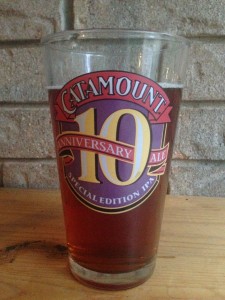
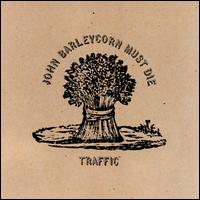
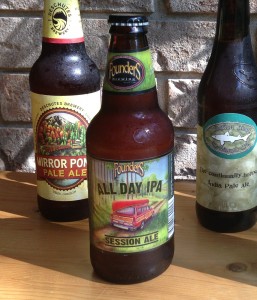
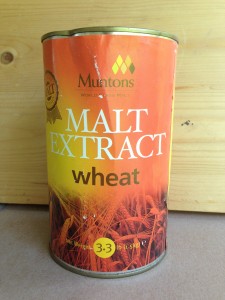




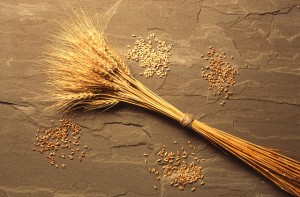


Recent Comments